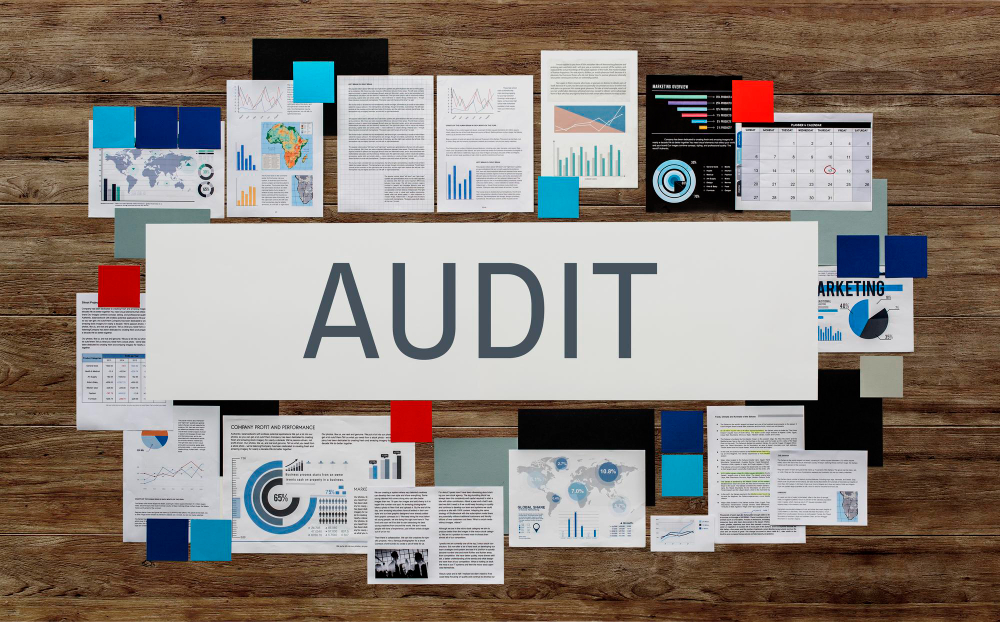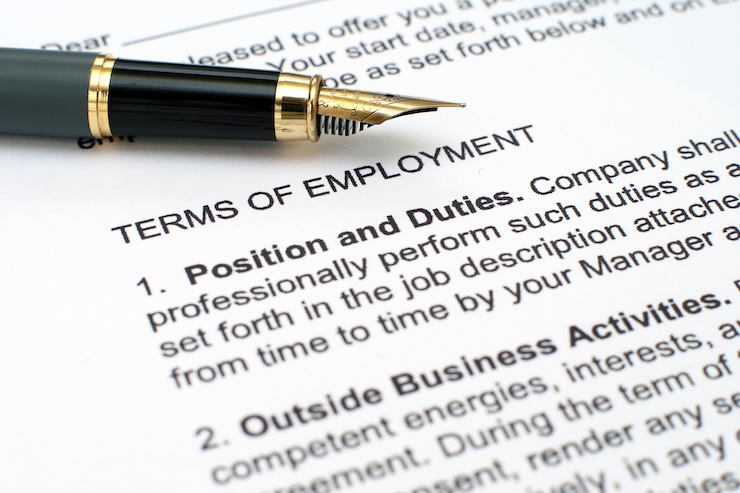Although the gender pay gap has been steadily shrinking over the past few years, progress is still considered to be too slow. Figures from the Office for National Statistics show that on average, women earn 18.1 per cent less than men. For full-time employees the gap is smaller at 9.4 per cent, however when you mine into the detail behind the statistics, it is apparent that they conceal more than they reveal.
The Government recognises that more needs to be done to close that gap. In 2011 they attempted to address this through the introduction of voluntary gender pay gap reporting under the ‘Think, Act, Report’ scheme. However, while nearly 300 companies signed up to participate, only seven have actually published their gender pay gap information, resulting in the scheme being viewed as a failure.
S.78 of the Equality Act 2010 enabled the Government to introduce mandatory gender pay gap reporting for large employers via secondary legislation. Following the voluntary scheme failing, regulations came into force on 6th April 2017 requiring all employers, with at least 250 employees, to report on gender pay.
This will affect around 7,960 employers employing 11 million workers, some 34 per cent of the total workforce. Affected employers must publish the following four measures of gender pay based on a ‘snapshot’ of pay information taken on 5 April each year:
- The difference between the average (mean and median) hourly rate of pay for male and female employees (excluding employees being paid at less than their usual rate because of maternity leave, for example).
- The difference between the average (mean and median) bonuses paid to male and female employees over the period of 12 months ending with the ‘snapshot’ date of 5 April
- The proportion of male employees and female employees who were paid bonuses in the same 12-month period.
- The proportions of male and female employees in each four pay quartiles (bands) of the employer’s overall pay distribution. This will show how the gender pay gap differs across the organisation, at different levels of seniority.
Employers will also have the option to publish an accompanying narrative explaining any pay gaps and other disparities, and setting out what action, if any, they plan to address them with. Employers aren’t expected to make bold commitments, for fear of them coming back to haunt them later, but it is expected that employers will use the narrative to deal with any figures which could be damaging.
The Government failed to include civil enforcement measures within the Regulations, so the risks to employers for not complying are largely reputational. They have also indicated that they would establish a database of compliant employers and closely monitor levels of compliance. Whether this will lead to a name and shame in the same way as those breaching the National Minimum Wage are published remains to be seen. Some critics have questioned the detail employers will need to provide, stating that the failure to require employers to show their calculations, means they are open to abuse.
The explanatory note to the draft regulations suggested that if there was a breach of s34 Equality Act 2010 for non-compliance, it would be subject to enforcement by the Equality and Human Rights Commission. However, this is not legally correct given that s78 stipulates the Regulations themselves may contain enforcement powers while the actual Regulations failed to deal with enforcement. In reality they are all bark and no bite.
Amending the Regulations to include clear enforcement provisions could rectify this, requiring businesses to conduct full pay audits, or enforcing proper penalties for those who do not comply. We’ll have to wait and see if there are any test cases by the Equality and Human Rights Commission under s34 of the Equality Act 2010, however, it is likely they’ll prioritise bigger issues. Regardless, it may be cogent evidence for a Tribunal to consider in equal pay claims, where the employer does not comply with the Regulations.
Sarah King is an employment lawyer at Excello Law.






